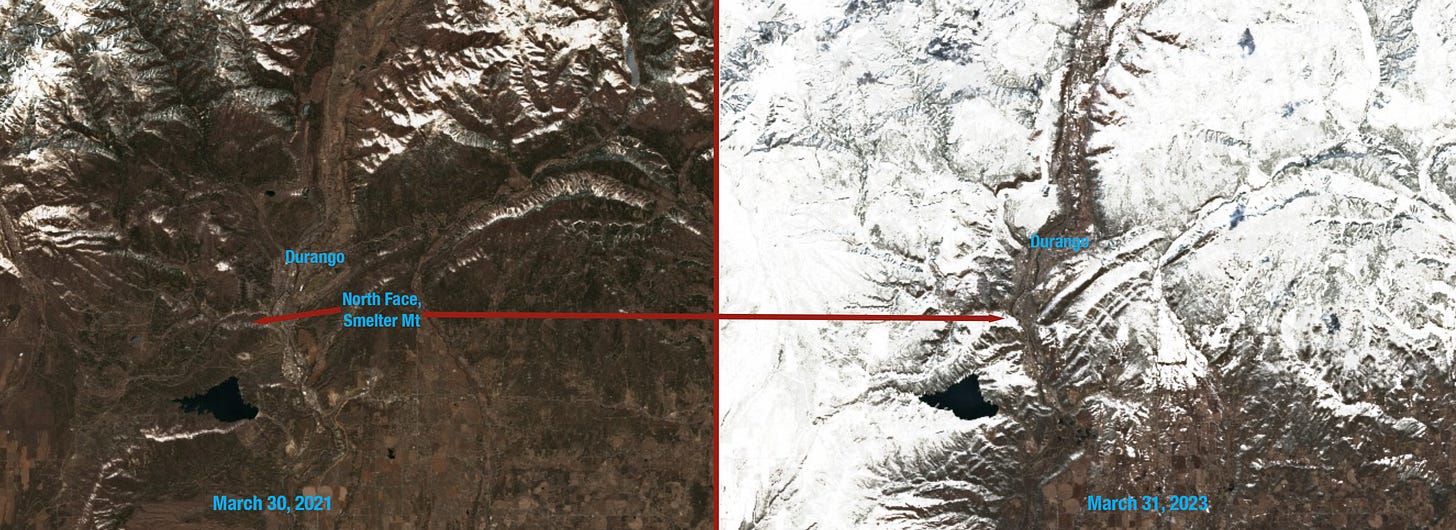Saturation Watch (4/1 Snowpack Update)
Unprecedented precipitation? Probably not, but a whopper of a winter, nonetheless

Keep reading with a 7-day free trial
Subscribe to The Land Desk to keep reading this post and get 7 days of free access to the full post archives.

